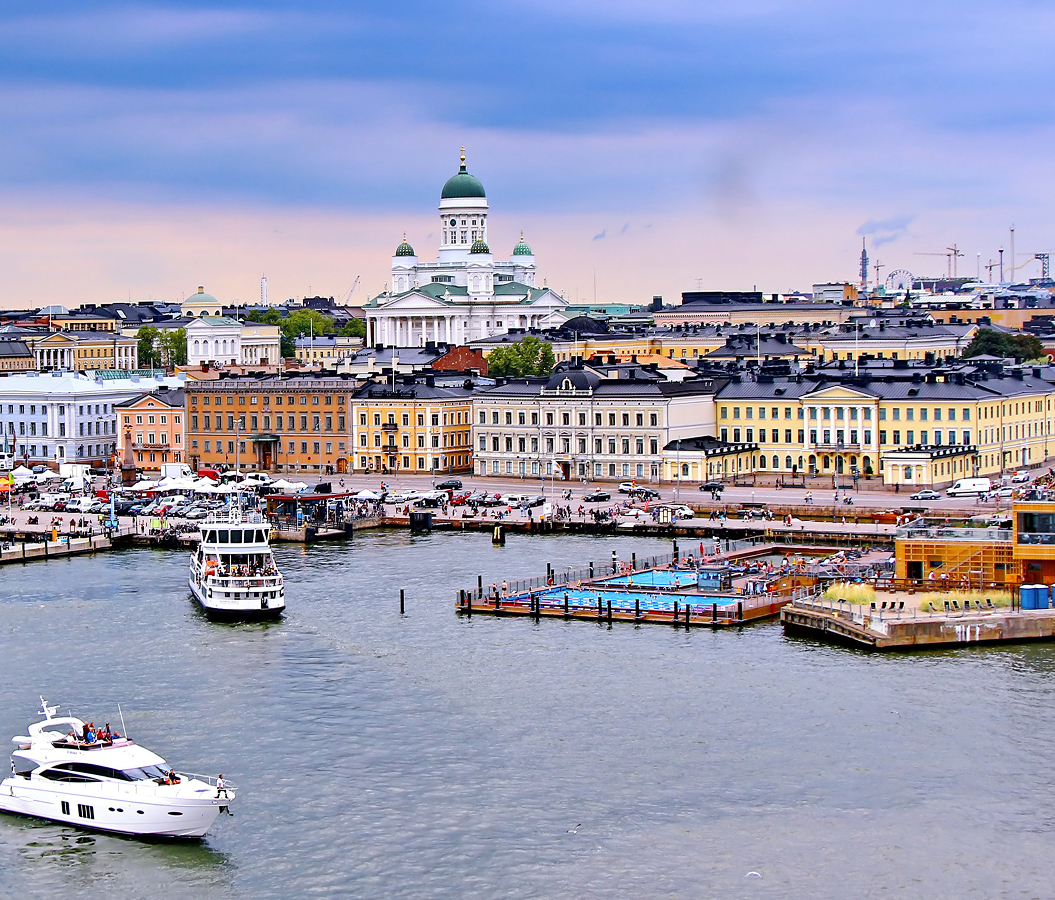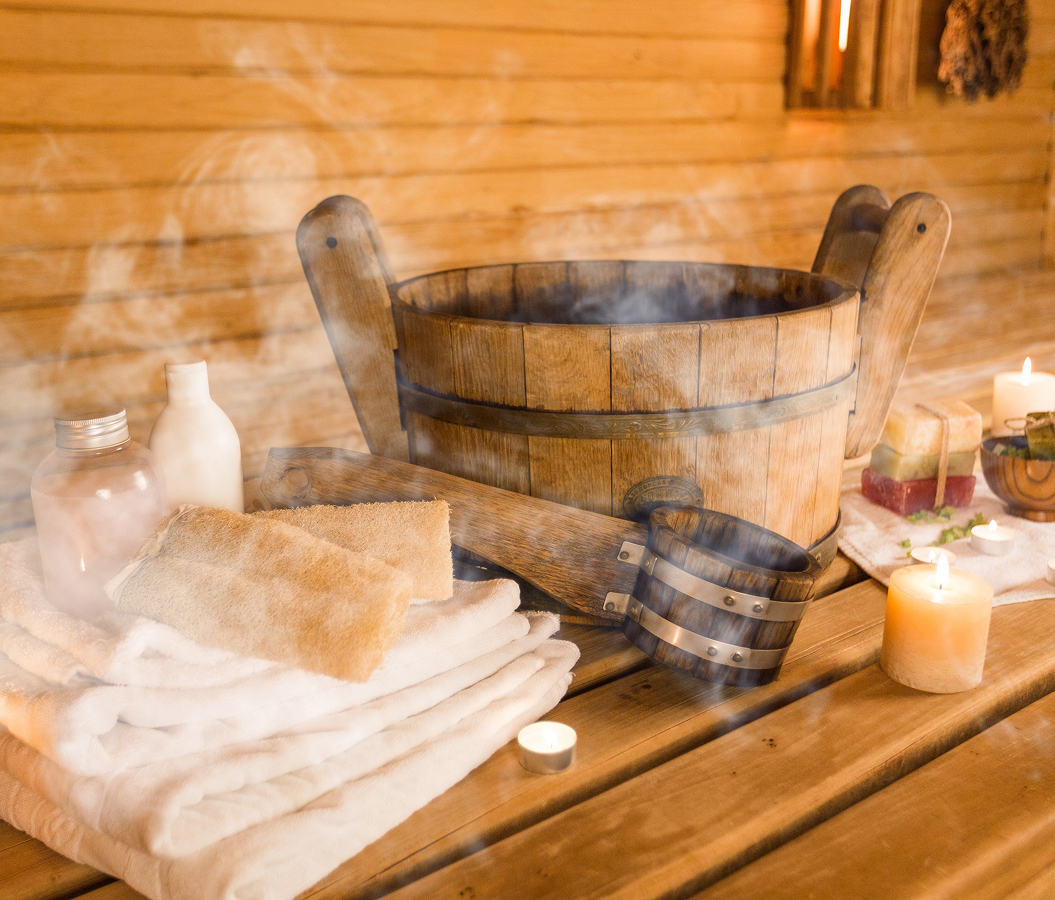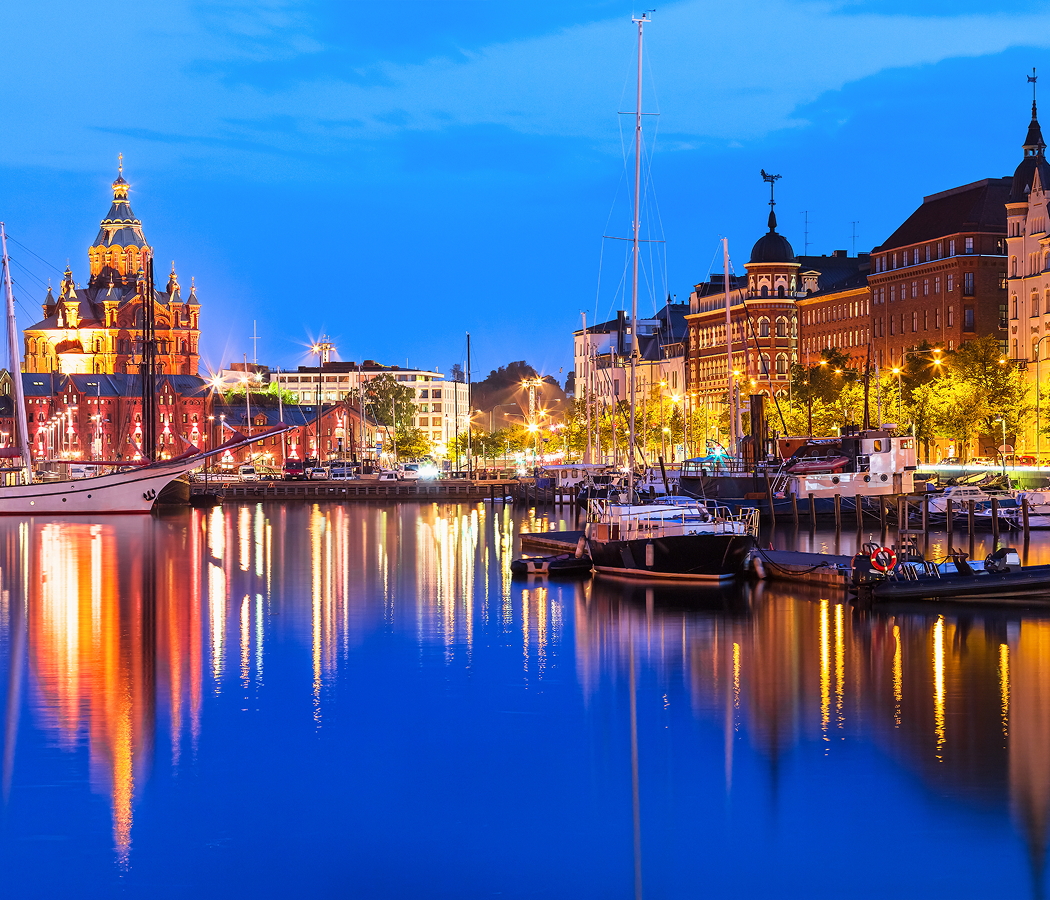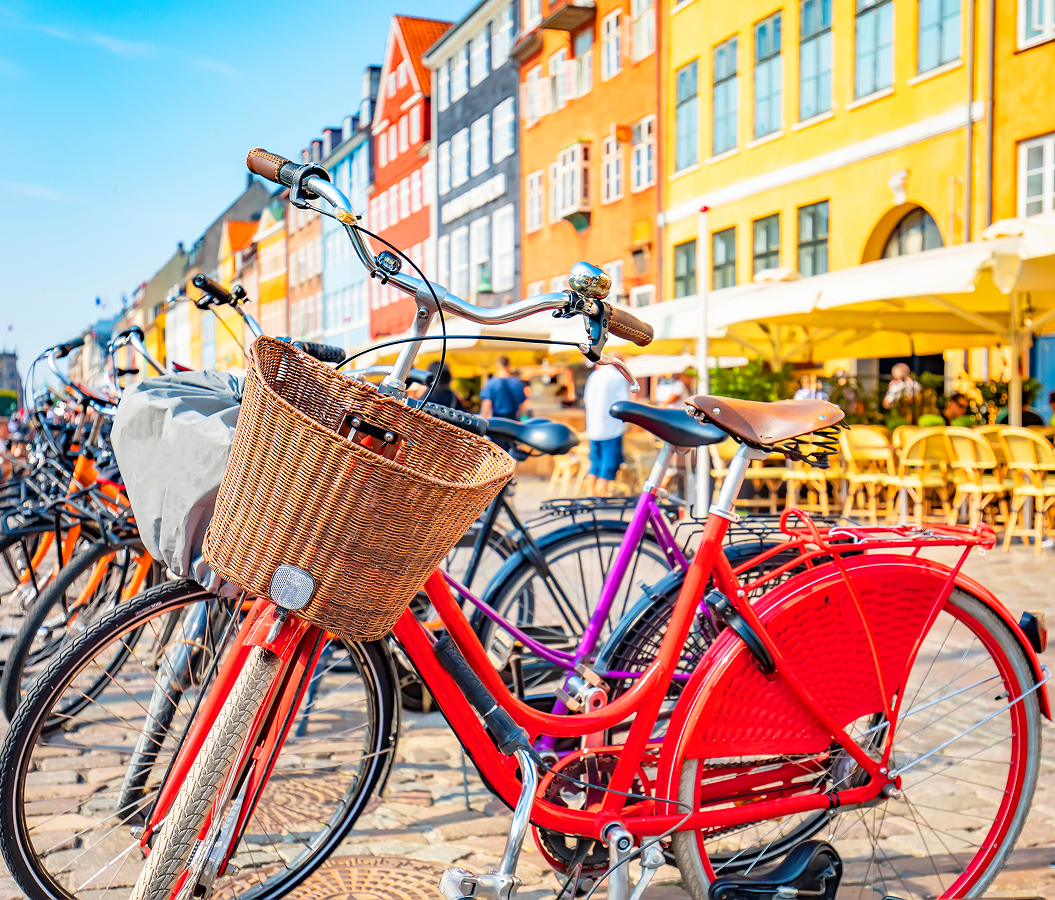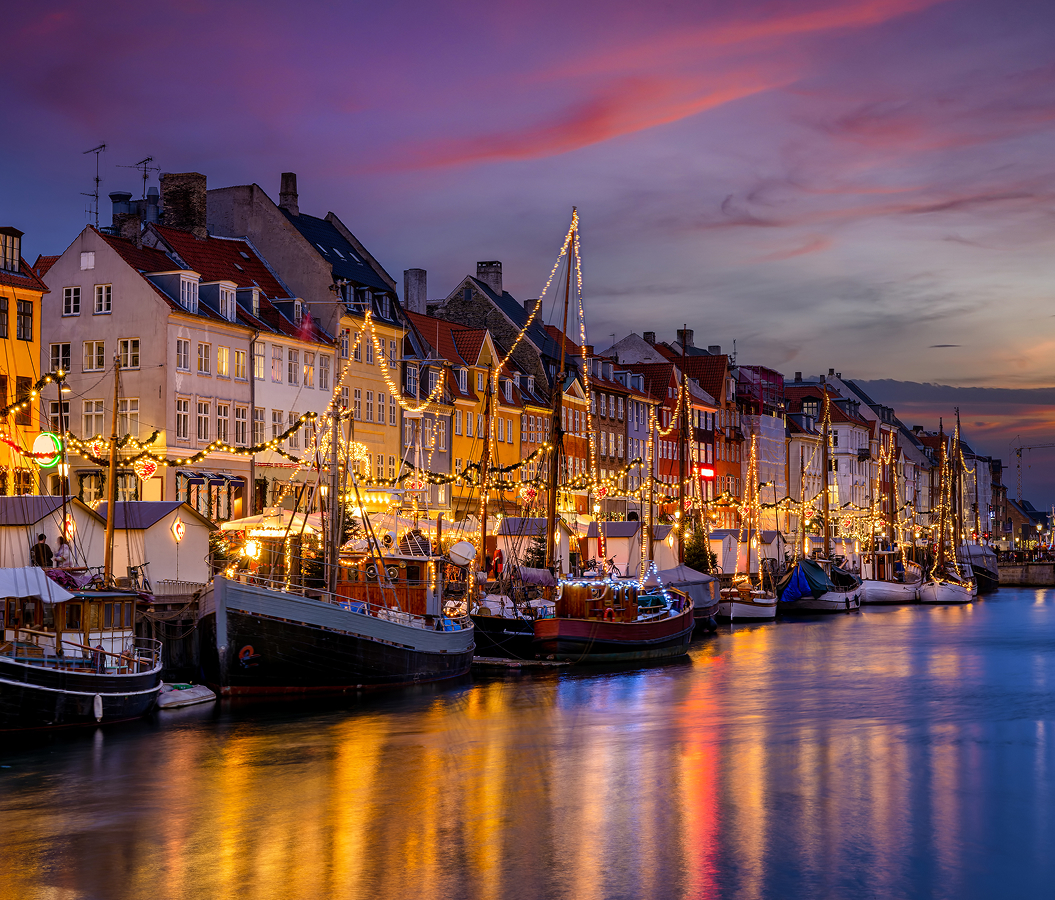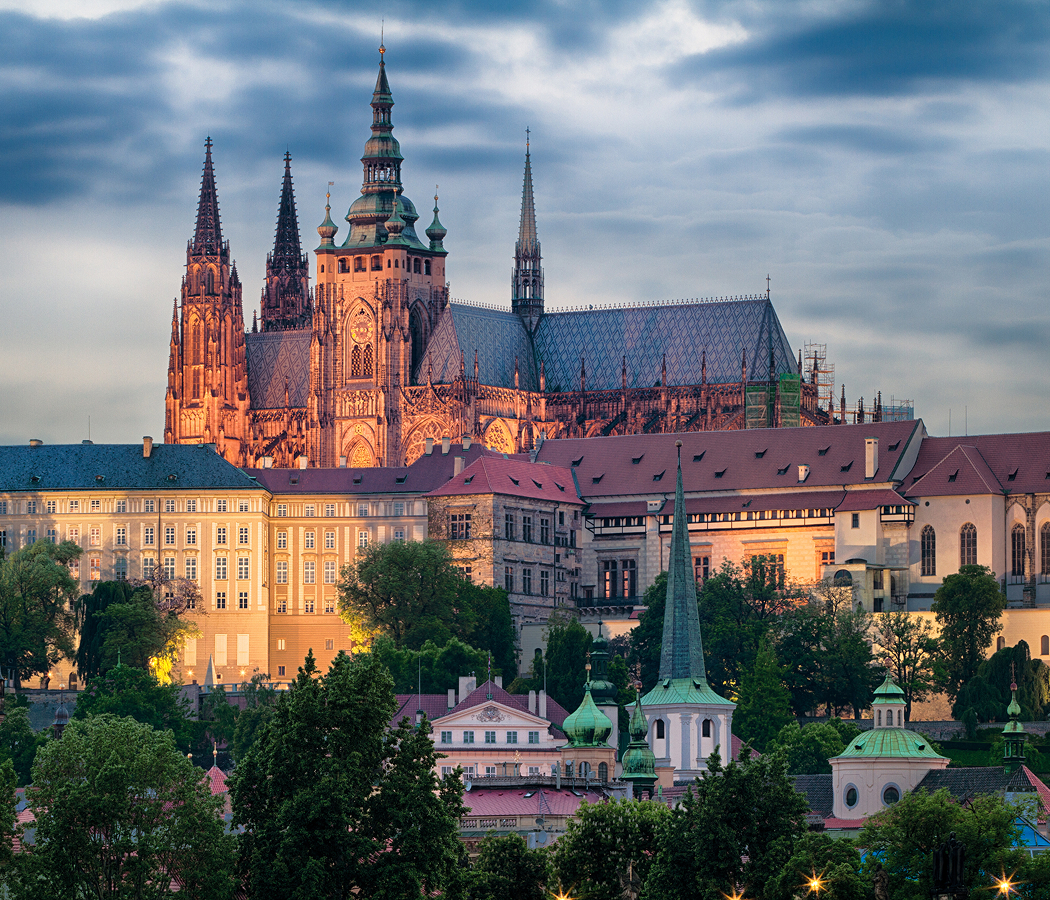
Why you should experience Skansen in Stockholm.
Skansen isn’t just a museum, it’s Sweden’s living story, unfolding beneath open skies on the island of Djurgården.
Founded in 1891 by ethnologist Artur Hazelius, it’s the world’s first open-air museum, a place where time slows, and history breathes through every cobblestone, timber wall, and flicker of candlelight. More than 150 historic buildings were relocated here from across Sweden, farmhouses, windmills, chapels, and workshops, each preserving a chapter of rural life long before the modern age. But Skansen is more than nostalgia; it’s a celebration of identity. Costumed interpreters bake bread, forge iron, and play folk music beside fire pits, while children feed goats and learn crafts passed down through generations. The scent of pine, woodsmoke, and cinnamon buns lingers in the air, blending seamlessly with the laughter of families and the rhythm of traditional dance. Overlooking Stockholm’s harbor, Skansen feels both rooted and timeless, a place where the past doesn’t just survive; it thrives, alive in every detail.
What you didn’t know about Skansen.
Behind its picturesque charm lies a revolutionary idea that reshaped how the world preserves culture.
When Artur Hazelius founded Skansen, his goal wasn’t just to collect buildings, it was to save an entire way of life from vanishing. Industrialization was transforming Sweden, and Hazelius feared that folk traditions, dialects, and rural craftsmanship would disappear forever. His response was visionary: to create an immersive museum where people could experience history rather than merely observe it. Skansen inspired a global movement, hundreds of open-air museums around the world owe their existence to this single idea. Today, the museum continues that legacy, balancing preservation with progress. Its on-site zoo highlights Nordic wildlife, moose, lynx, reindeer, and brown bears, connecting nature to culture in one landscape. Seasonal festivals, from Midsummer maypoles to Christmas markets, keep Swedish customs alive in modern form. Even the park’s governance reflects sustainability and education, blending cultural memory with contemporary environmental care. Skansen isn’t just Sweden’s heritage preserved, it’s heritage made relevant.
How to fold Skansen into your trip.
To experience Skansen as it was meant to be felt, give it a full afternoon, it’s not a stop, it’s a journey.
Arrive by ferry from central Stockholm, gliding across the water to the island of Djurgården, the same view visitors have enjoyed for over a century. Begin your visit in the town quarter, where cobblestone streets lead past 19th-century workshops and bakeries perfumed with fresh pastries. Continue uphill through the rural sections, where farmers tend animals and craftspeople weave, smith, and carve as they once did. Don’t miss the glassblower’s workshop or the Sami camp, offering rare insight into Sweden’s Indigenous culture. Pause for lunch at one of the wooden cafés serving traditional Swedish dishes, then explore the zoo’s Nordic section, elk grazing in the shade, bears lounging by the rocks. If you visit in summer, stay for folk dancing and live fiddle music beneath the open air; in winter, return for the candlelit Christmas market, one of the most enchanting in Europe. Skansen isn’t just a museum, it’s the soul of Sweden, preserved in motion and alive with memory.
Hear it from the Foresyte community.
It’s like Sweden built a theme park but forgot to make it cheesy. Old houses, live music, bears chilling in the corner. Way better than it sounds when you explain it fast.
Where meaningful travel begins.
Start your journey with Foresyte, where the planning is part of the magic.
Discover the experiences that matter most.










